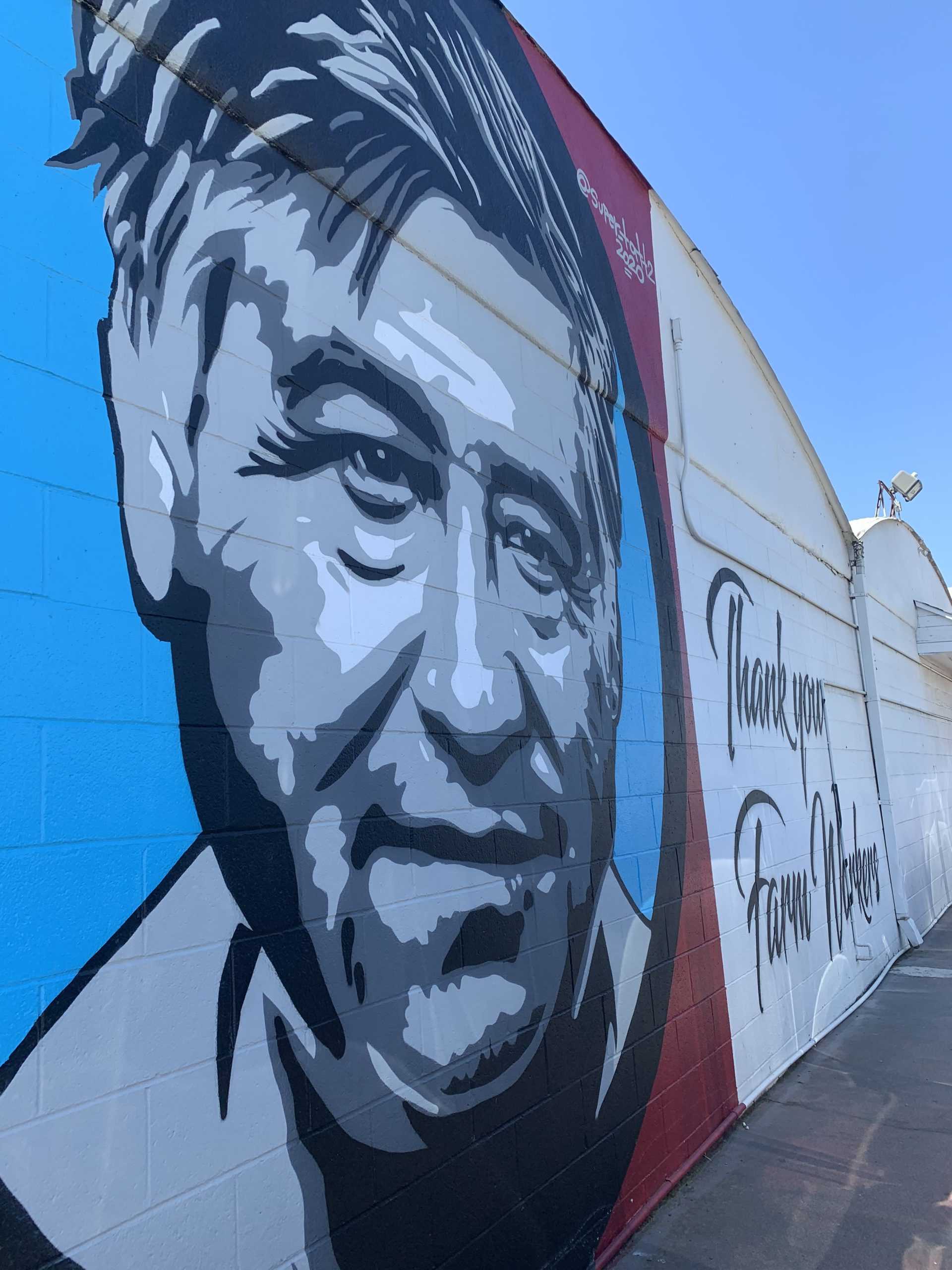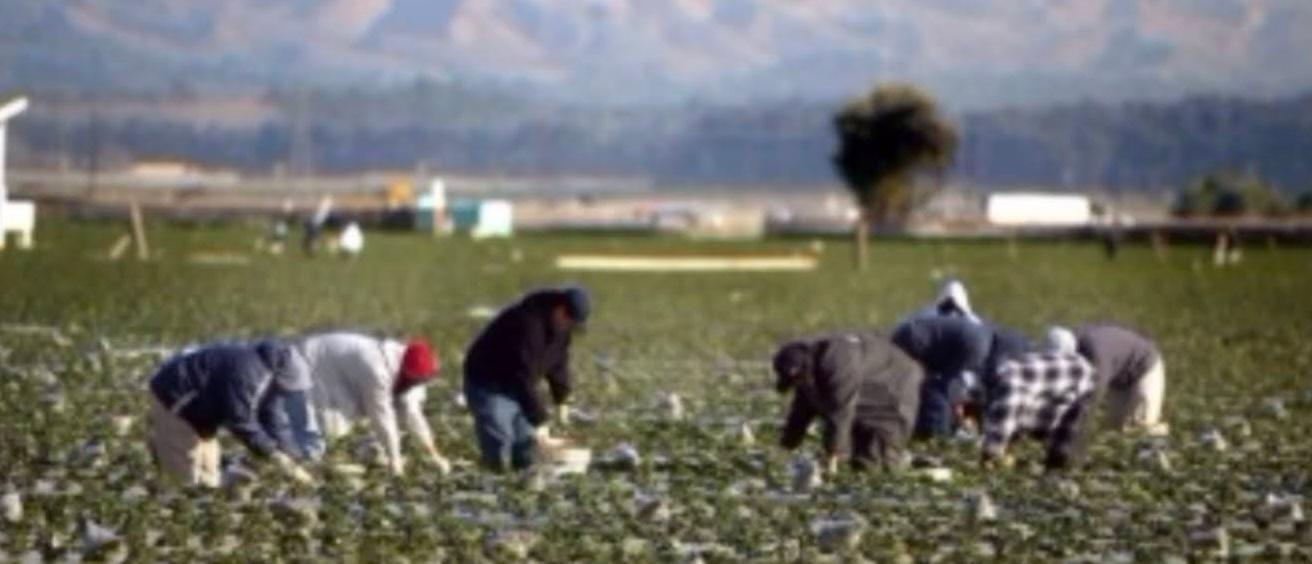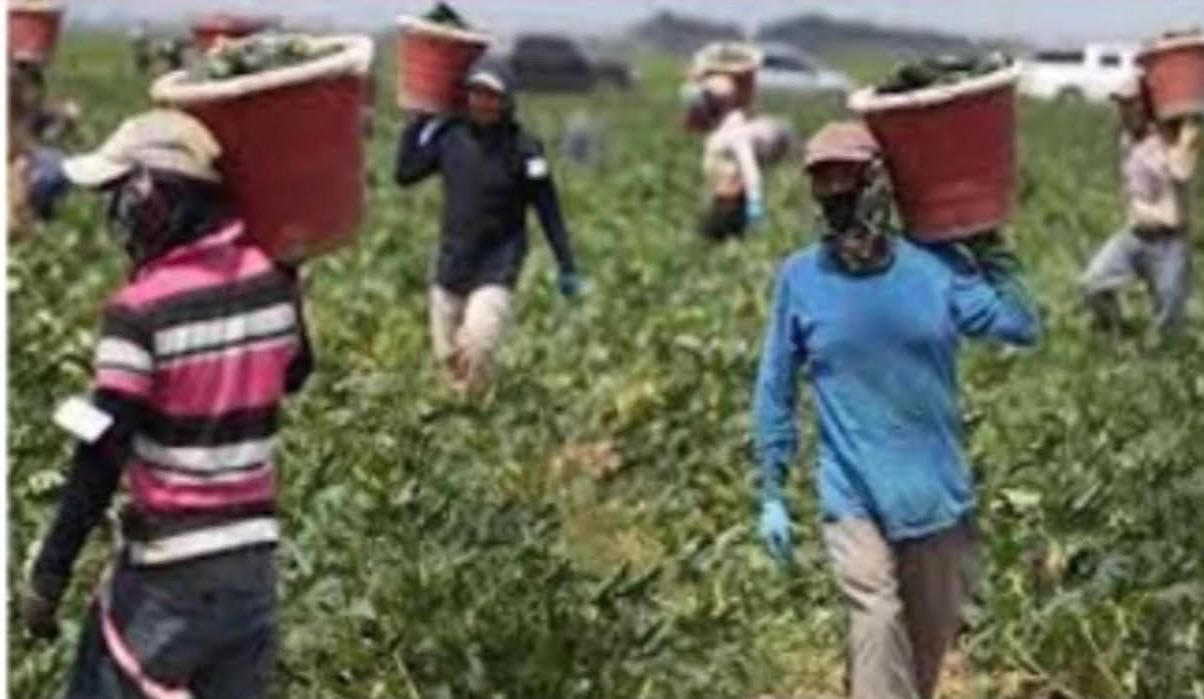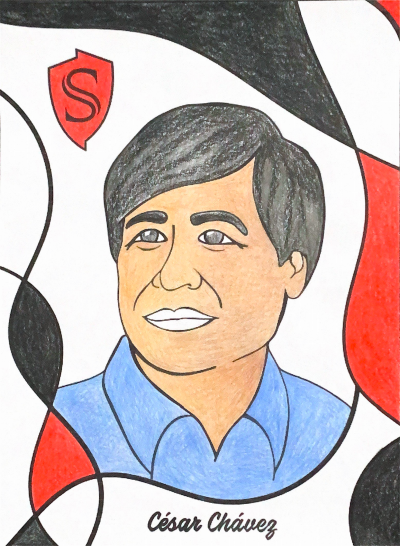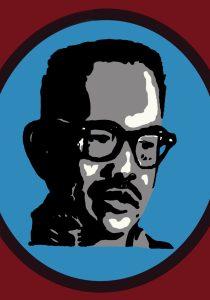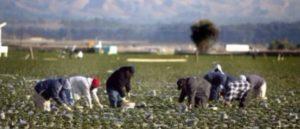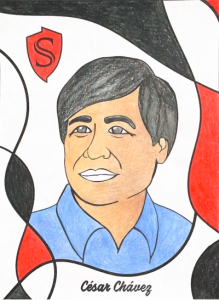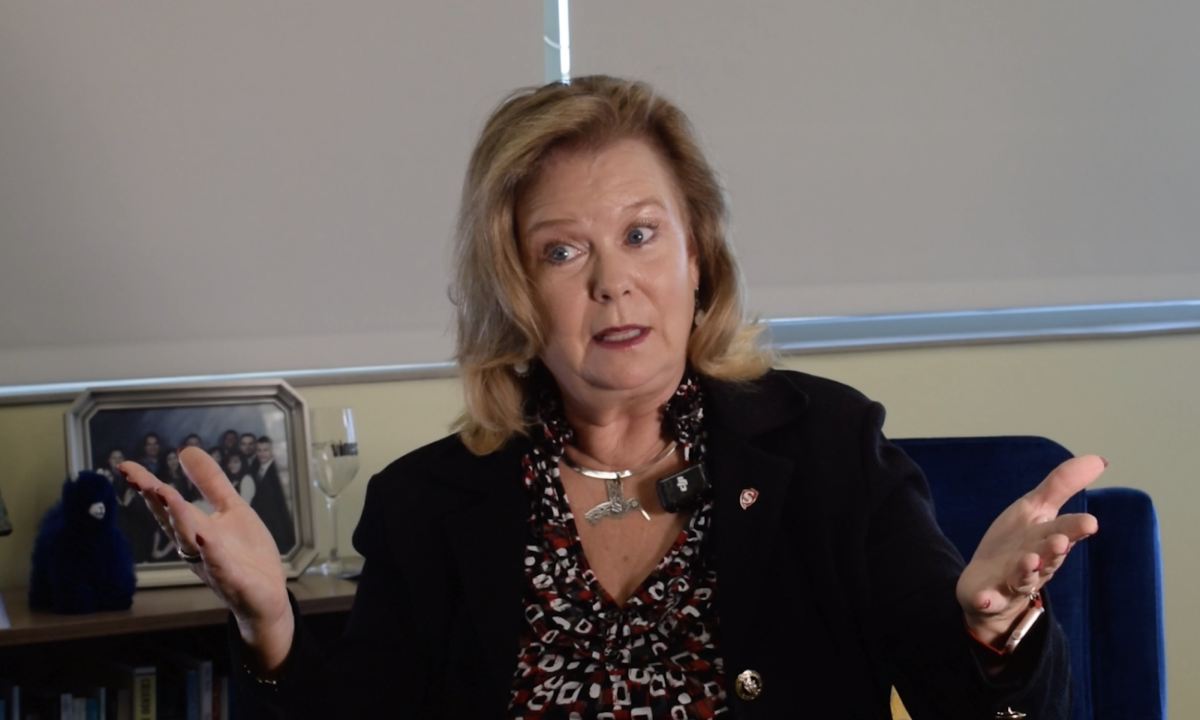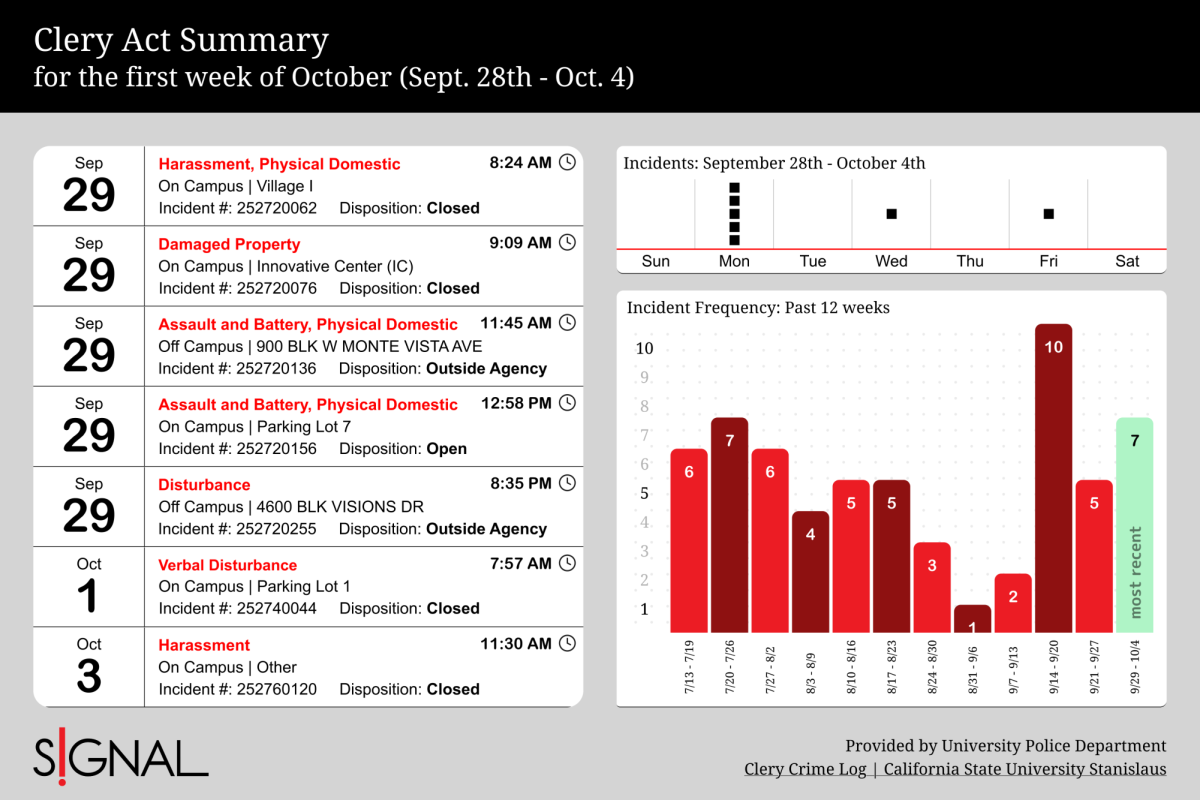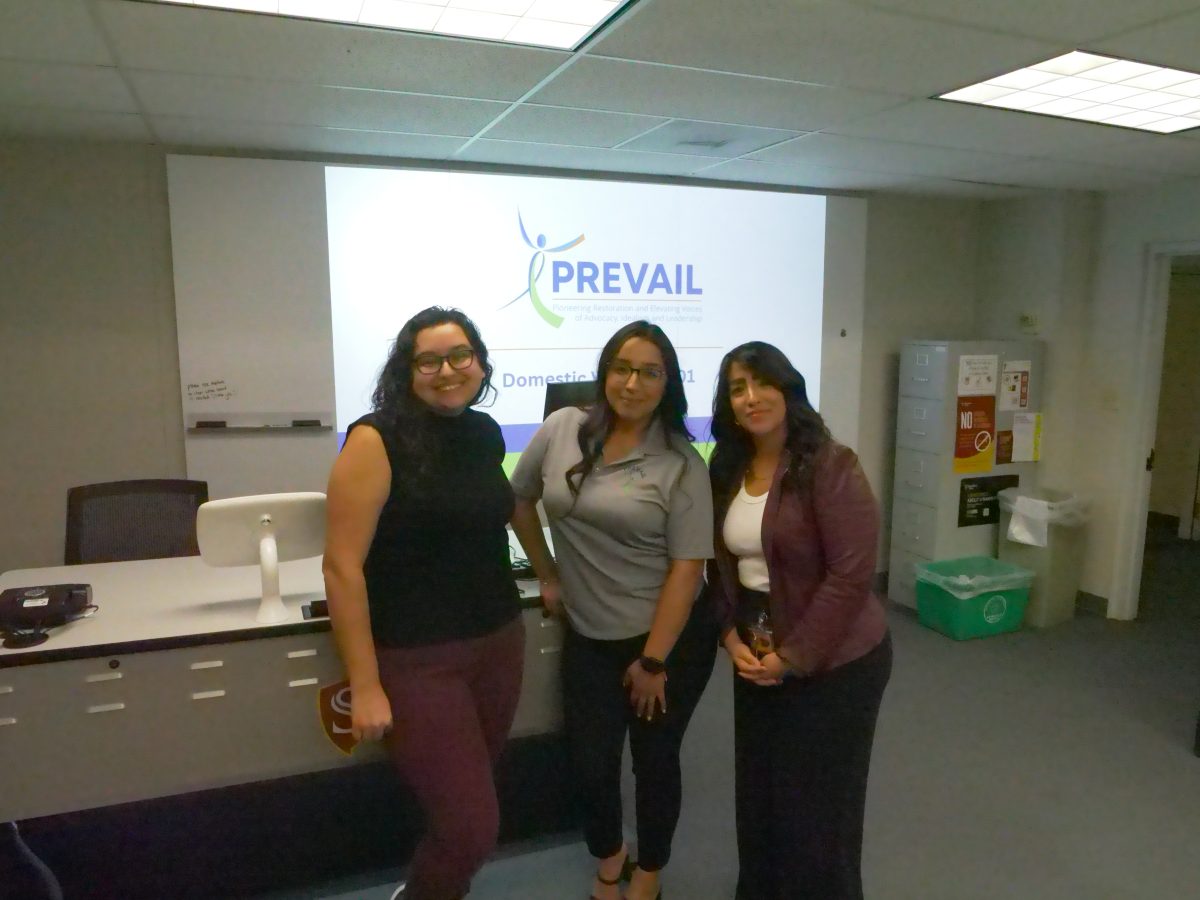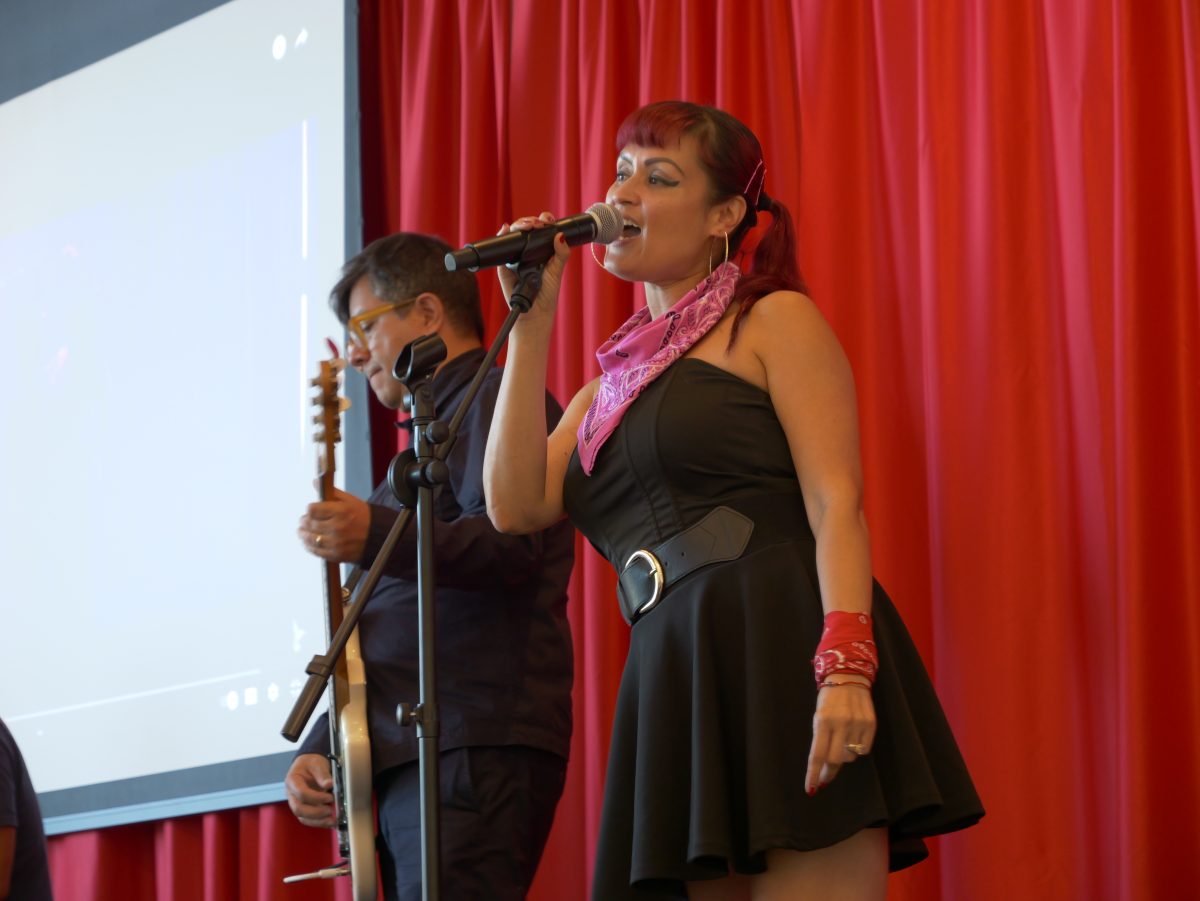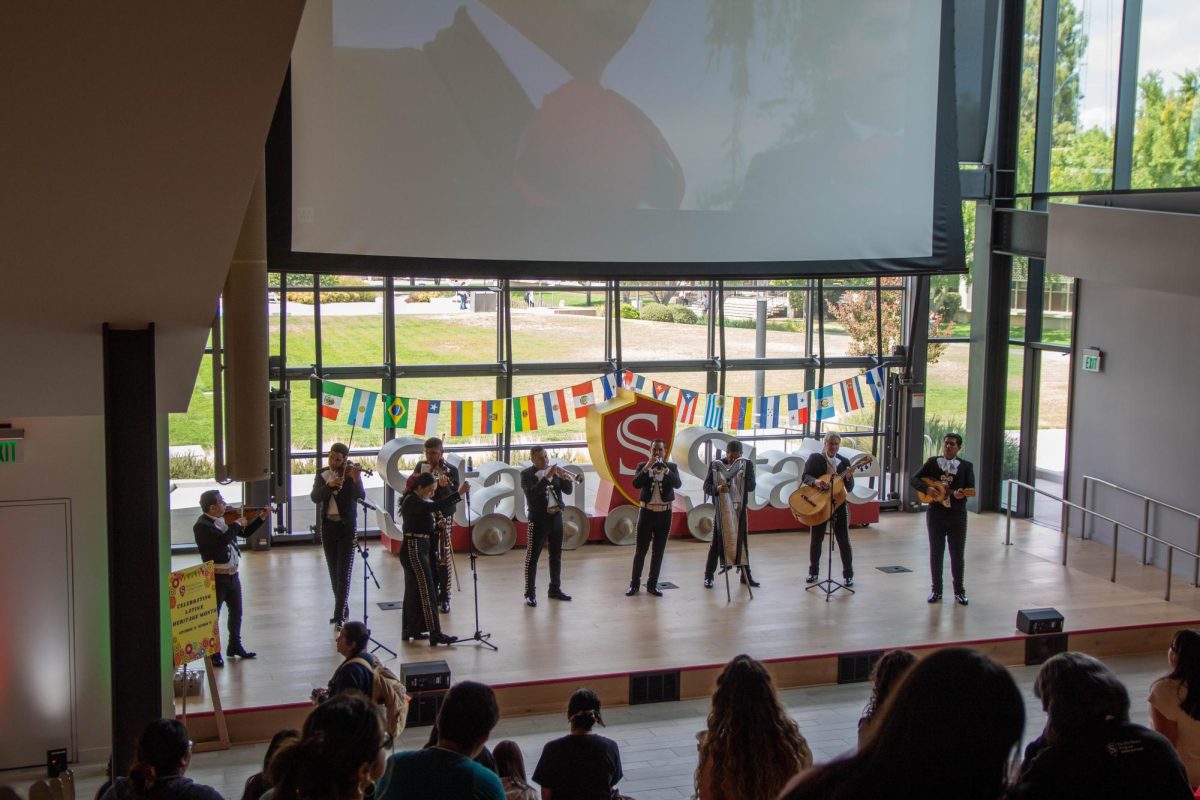The 26th annual “¡Si Se Puede! Chavez, Huerta, Itliong” celebration organized by the Warrior Cross Culture Center and the Cesar Chavez Memorial Celebration Committee adopted the theme of “Farmworker Resilience During Covid” to recognize farmworkers and their perseverance over the past year.
There is plenty of history regarding the progress of workers’ rights in the Central Valley, which includes the work of key figures such as Cesar Chavez, Dolores Huerta and Larry Itliong.
Cesar Chavez was born in Arizona on March 31, 1927. He and Dolores Huerta began the National Farm Workers Association or NFWA in 1962, later known as the United Farm Workers of America in 1971.
Huerta eventually became the first vice president of NFWA. She was admitted into the National Women’s Hall of Fame in 1993 and the California Hall of Fame in 2013.
Martha Serrano, second year MSI Graduate intern at Stan, mentions that many of us forget the other person who helped in the United Farm Workers of America, Larry Itliong.
Larry Itliong was born in the Philippines, and after serving in World War II, lived in Stockton and became involved in organizing the asparagus strike of 1948. Serrano states this was the “first major agricultural strike” after World War II.
Itliong began the Filipino Farm Labor Union in Stockton and eventually led the Delano Grape strike that began September 8, 1965. More than 2,000 Filipino farm workers, members of Agriculture Worker Organizing Committee (AWOC), marched off the vineyards to demand $1.40 an hour, 25 cents a box, and the right to form a union.
Serrano explains that Itliong contacted Cesar Chavez after the Delano grape strike and asked for the farmworkers to strike as one. The Mexican and Filipino farm workers joined together and AWOC and NFWA merged to become the United Farm Workers (UFW).
Serrano believes that farmers and farmworkers have been resilient and persevering during COVID.
The lives of many people have changed throughout the pandemic as social distancing guidelines forced many to close their business operations or transition to a virtual setting.
Meanwhile, farmworkers have continued waking up earlier to go work in the fields to pick food, not just for their families, but for everyone. They worked long hours to be able to earn money to afford food for their families, a roof over their heads, and an education for their children. Yet farmworkers were not given much, if any, extra pay.
Serrano mentions farmworkers now get overtime pay after a long 78-year-old barrier with the Jim Crow laws, which affected farmworkers because many of them are undocumented. Despite the overtime pay, there are still challenges that farmworkers face.
Warrior Cross Cultural Center director Carolina Alfaro explains that these challenges include the lack of adequate resources available during the pandemic as many farmworkers did not qualify for resources or medical attention that were needed. Many farmworkers also did not qualify for time off. If somebody was sick with COVID, they were not able to take the time necessary to recover and get back to work. Additionally, farmworkers that are undocumented have a lower chance of qualifying or receiving funds such as COVID relief checks.
“It was the first time in generations that farm workers [and their struggles] were actually highlighted,” says Alfaro. “This health crisis really brought to light all of the working conditions that were poor [and] that were unhealthy for these farmworkers. They’ve had to deal with the most horrific conditions all along for generations but not like the one we have seen before in this recent year.”
Jessica Chavez, a health education and promotion program educator at Stan State, believes that without farmworkers, we would go hungry.
“Without food, we wouldn’t have good nutrition… Good nutrition allows us to increase our energy levels, improves our ability to fight off illness, improves our ability to recover illness or injury, and our well-being. Within that, it can also reduce diseases such as heart disease, strokes, diabetes and cancer,” Chavez explains.
Additional nutrition information can be found at MyPlate, Supplemental Nutrition Assistance Program, Food and Drug Administration (FDA), The Institute for Family Health, and the Center for Disease Control and Prevention (CDC).
Today, we thank Cesar Chavez, Dolores Huerta, and Larry Itliong for doing what they did in helping farmworkers get better pay, better treatment, and better working conditions. The UFW Foundation continues to “mobilize farmworkers and their organizations across the country to advocate for more equitable policies, such as immigration reform, pesticide protections, heat standards, hazard pay, and other worker protections,” according to the UFW website.
With the ¡Si Se Puede! attitudes of individuals like Cesar Chavez, Dolores Huerta, and Larry Itliong, “the embodiment of a personal and organizational spirit that promotes confidence, courage, and risk-taking” is still alive, according to Alfaro. She also insists that these leaders gave others the courage to continue marching.
To support our farmworkers, Alfaro encourages everyone to get informed and get involved. “Look up local organizations in your community supporting our farmworkers and contact them to see how you can show your support,” says Alfaro.
For additional information on Chavez, Huerta and Itliong, head to the Cesar Chavez Foundation website, the Dolores Huerta Foundation website, and the Larry Itliong information page on the official UFW website.
For more information about the Warrior Cross Culture Center, email them at [email protected].




